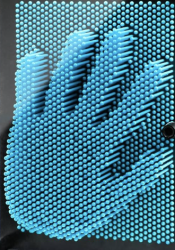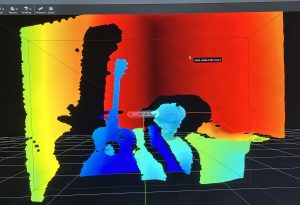This week was pretty hectic. Early this week, we had our final presentation, where we presented our final designs and finishing touches on our project. However, we ran into a few issues with some parts, causing us to find alternatives specifically in the firmware. The software components stayed the same and there is still consistency for that portion. However, we have a lot of wires and still need to get servos to get fully working.
A large part of this week was implementing the reset mechanism. With a transparent plate as our reset plate and with two linear actuators, we were able to fully implement this on our pin board, allowing us to automatically reset the pin board when the image is created.
The finishing touches on our product will just be gluing more dowels and wiring the servo motors and finally integrating all the subsystems before the final demos on Monday.




